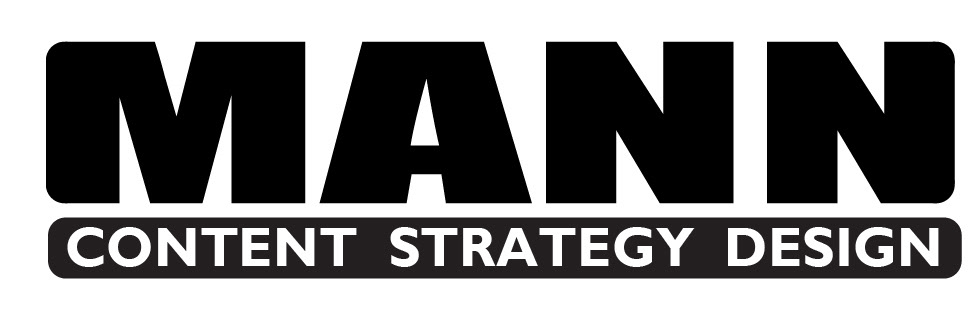In September 2016 we founded SCRUPULOUS.DK: a temporary research and consultancy firm in Aarhus (Denmark) with the ambition to examine the current workplace by exploring new ways in which history can be used to promote the future.
SCRUPULOUS.DK fields of interests range from the impact of architecture in creativity, to the analysing role of building codes and movies in office design, the aesthetics and program of business lounges, scrutinizing statistics, the language and architecture of important CEOs and finding out what happened to iconic office projects.
The on-going research efforts have so far led to more than 5000 pages of raw content: office scenes from more than 60 movies, post-occupancy reports on more than 40 office icons, 40 spaces where mayor invention took place, 30 CEO’s and their multinational architecture examined, sifting through business lounges as the ultimate workspace, an inventory of office elements through time, a comparison of the building codes that dictate half of the worlds office spaces, glimpes into local office cultures, a vast collection of office plans and sections, etc.
The risen prominence of our careers arguably elevates our workspace to the most important space in our life. Throughout the last decades workspaces have been transformed from rather neutral environments to spaces of heightened expectations: they should bolster us, feed us with inspiration, simultaneously challenge and comfort us. The frivolity emanating from Silicon Valley has drastically influenced the aesthetics, and social and programmatic understanding of our workspace. Spearheaded by companies like Google and Facebook they successfully introduce radical forms of architectural Prozac: from reminders of the cosiness of our homes to bubbled kindergartens for grown-ups. Financial pressure in many other sectors is reducing the work floor back to an ‘existenzminimum’ by doing only what needs to be- relying on legal codes to define office world.
Together with 200 master students and researchers from the Aarhus School of Architecture and a range of external consultants we set a collective task to understand how we got here. The large number of people involved enabled us to work at an unprecedented scale and range of interests, with relatively little effort. One week of disciplined work 9 to 5 achieves more than a small group could achieve in years.
Stephan Petermann with Prof. Ruth Baumeister
